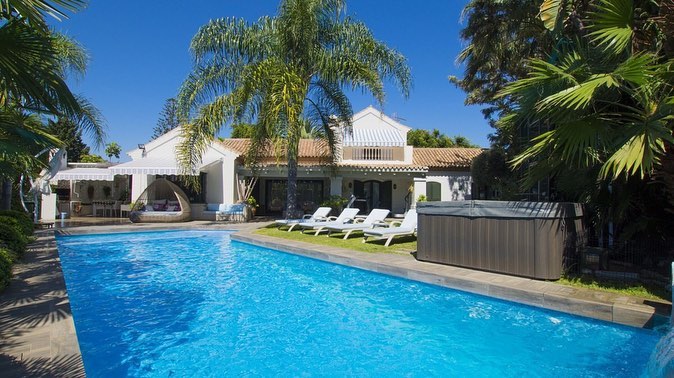Planning a vacation in Tarragona? The town, whose age is more than two thousand years, falls in love at first sight. Famous architectural monuments, museums, beautiful views and beaches will appeal to any tourist. Today it is a rapidly developing regional center, skillfully combining modern infrastructure and old architecture. We will help you to make a route from the ancient amphitheater to the 'balcony of the Mediterranean'.
A LITTLE ABOUT HISTORY
So, Tarragona is a city that is part of Catalonia. It is located not far from Barcelona (only 98 kilometers away), so it’s easy to get here: you can rent a car and drive along the coast, or buy tickets for a bus / train.
It is better to think about staying at the resort in advance, as it is difficult to book decent apartments during the season.
In addition to the fact that the place is very popular among the guests of the country, here is one of the largest ports of Spain, which plays a huge role in the economy of the country.
The history of Tarragona as a small Iberian settlement by the sea called Cesse in the 5th century began with him. BC. In the second Punic War, these lands were taken over by Rome, at the insistence of the proconsul of which, defenses were built. And already in 27 BC it was the oldest settlement on the peninsula Tarrakon.
Over time, the city became the capital of the province. The future emperor of Rome, Septimius Severus, lived here for several years.
During the Middle Ages, the capital of the kingdom of Aragon was located here.
From this brief excursion it becomes clear that the resort clearly should not be offended by monuments of archi
tecture and visual art, as well as interesting and informative historical facts, and so it is!
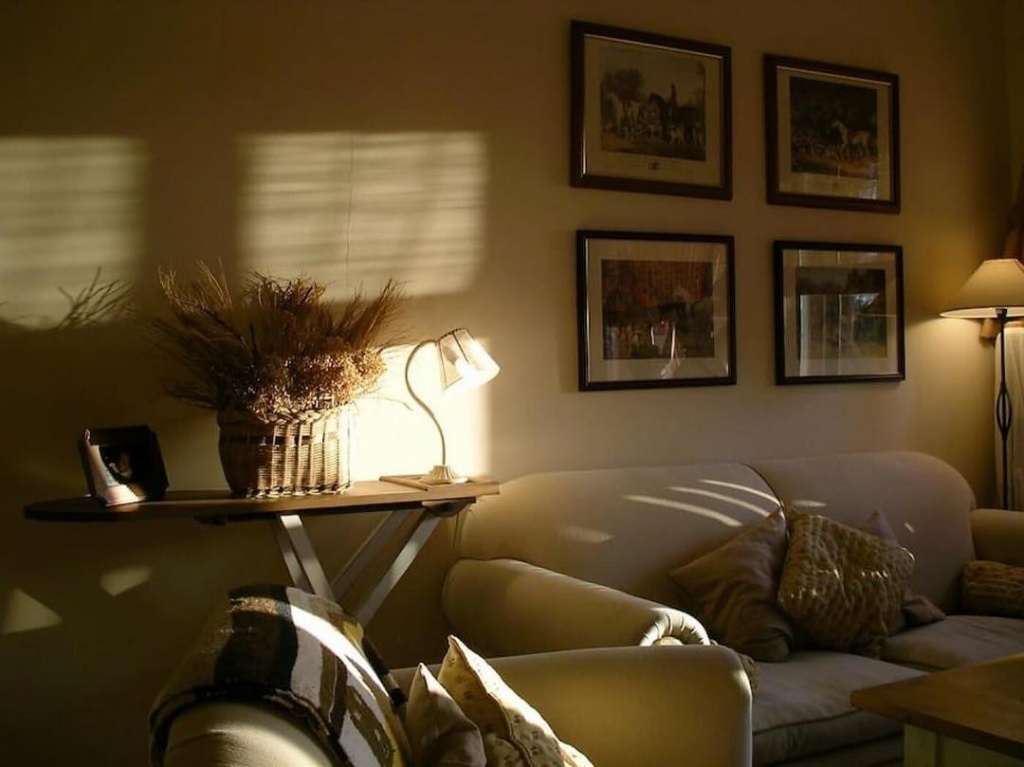
MOST POPULAR SIGHTS
-
FIELD OF MARS
The ancient amphitheater today is used for celebrations, fairs, festivals and interesting performances.
The name has nothing to do with astronomy. Field of Mars was named after the Roman god of war. The fact is that it was a place where men practiced in military affairs, engaged in sports and gymnastics. Immediately held military councils, meetings of residents and other important events.
A direct part of the cultural life of the townspeople was worship before the gods, for which an altar was installed on the lists.
In May you can not only admire the monument, but also get to the festival of history dedicated to Tarrakon. Many on this day wear special sandals (togas) and tunics as a tribute to the great Roman past.
-
CATHEDRAL OF SAINT VÖCKLA
This is one of the most significant heritage of the region. It was built from 1171 to 1350 in the place where the ancient Roman temple to Jupiter used to be. Before him, the Visigoths mosque stood at the same place.
The main portal of the facade is underlined by a beautiful bas-relief repeating scenes from the horrible judgment. It also has sculptures of the apostles of the prophets and the Virgin Mary. The window above the entrance is made in the shape of a rose, and a monumental staircase leads to the central entrance of the guests.
One of the parts of the building is reserved for the museum, where the diocese stores a lot of valuable examples of art.
Want to see the oldest bells in Europe - you should go to the bell tower, where a decent collection with bells cast in 1400 is collected.
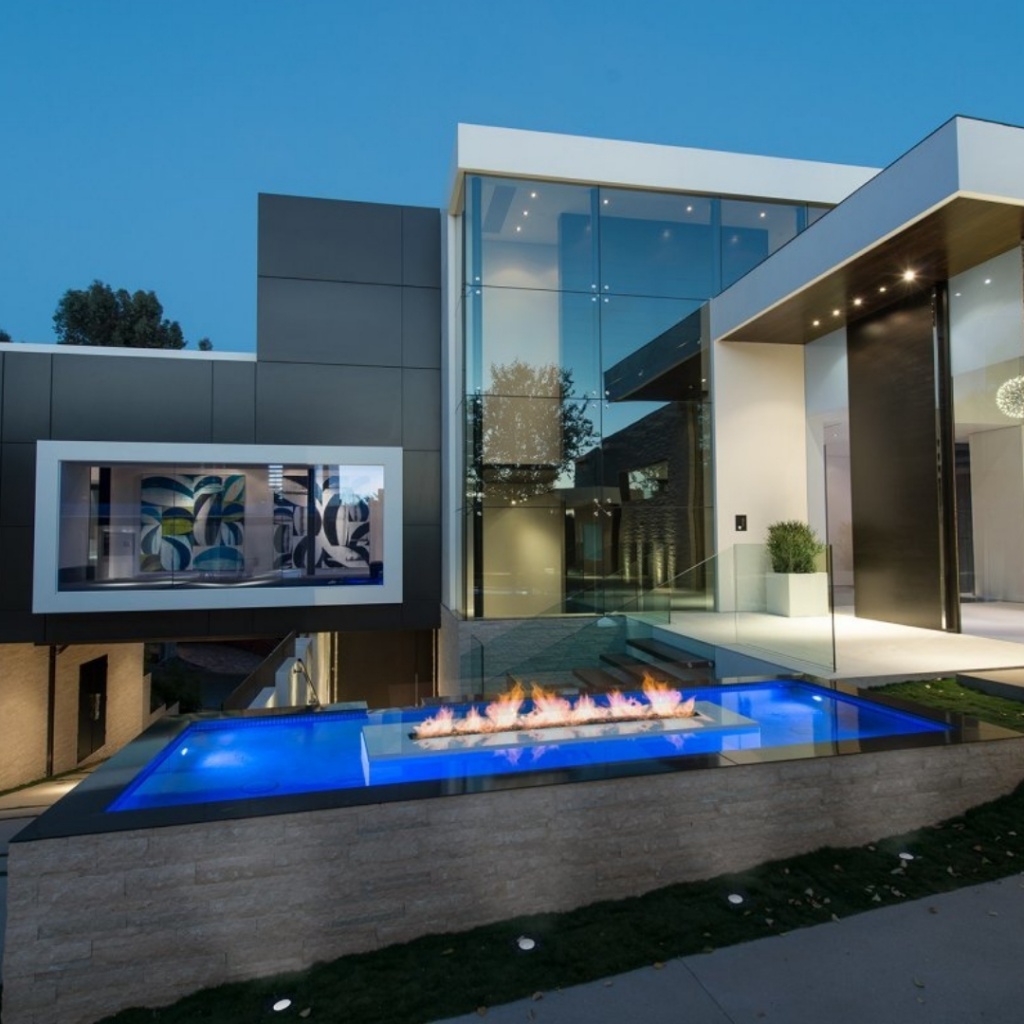
-
ST. PETER'S CHURCH
The central church of the city was built in the 16th century in honor of the patron saint of the municipality and is one of the late Gothic masterpieces. The majestic structure consists of one nave, a sixty- meter - high bell tower and several chapels.
The facade is decorated in the Renaissance style with a window-rosette and a beautiful portal. The semicircular arch has a pediment with a statue of a saint in whose honor the church is named.
The interior impresses with Gothic stained glass windows, a huge organ and wall decoration.
It is also famous for the fact that in it they baptized the architect Antonio Gaudi, who glorified Spain to the whole world.
-
ROMAN AMPHITHEATER
During the rule of the Romans, a residence was built for emperors. To entertain the leisure of Adrian and Augustus in the second century on the picturesque hill above the Mediterranean Sea (the so-called balcony) erected an incredible beauty open theater for more than 13,000 spectators.
It is perfectly preserved to this day, since it was excavated relatively recently (in the middle of the last century). Tourists will be able to see the huge arena of the ellipse-shaped amphitheater (two and a half thousand square meters), the stands and the unique main gate.
There were gladiator fights, performances and executions of religious ministers of the Christian faith. Among the people who were burned at the stake (according to other data, tortured to death) during the period of persecution were the priest Fruktuos and deacons Avgurus and Evlogius. The inhabitants of Tarragona honor their memory and put candles on it every January 21st. In memory of those who died inside, a basilica was built, but to this day, unfortunately, it has not been preserved.
By the way, the procurator Pontius Pilate himself was also a native of Tarraco.
You can visit this monument of dignity by purchasing a ticket to the museum complex of history, which also includes the circus and the historical museum itself.
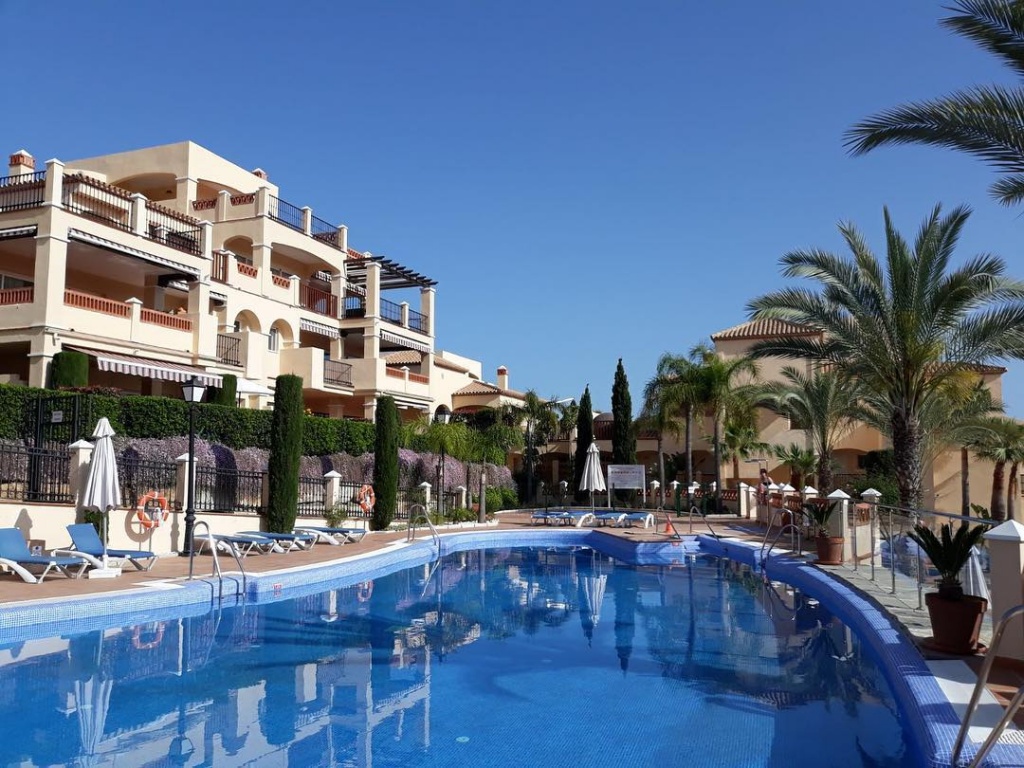
-
ROMAN CIRCUS
It was built before the amphitheater, because if the Romans loved something more than the bloody battles of gladiators, then these are dangerous chariot jumps. Since Christians did not deny this entertainment, it was popular until the 5th century. Unfortunately, only a part of the facilities and racing tracks have been preserved.
-
MONUMENT TO THE LIVE PYRAMID OF CASTELLEROS
Thanks to numerous blogs and travel shows, many people know about the colorful tradition of the Spaniards to build pyramids of people during periods of national holidays.
The source of such an interesting event lies back in the 17th century, when the folk dance Muysharanga was very popular. It ends with dancers gathering in a tower. The sculpture is a group of people gathered on a tour and standing on each other’s shoulders, and at the top is a child who happily waves his hand.
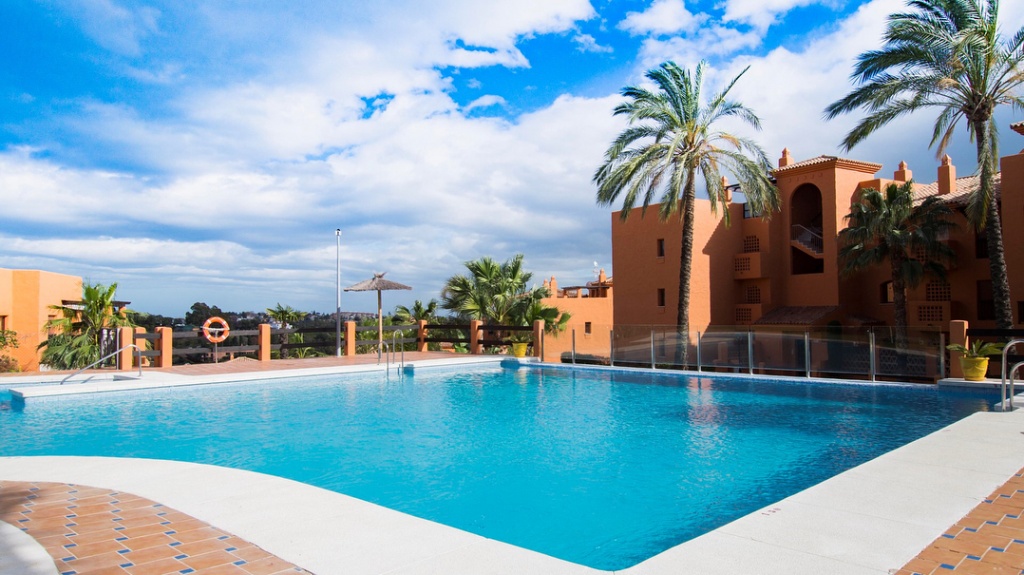
-
BULLRING ARENA
Tarraco Plaza was built in 1888. Not a single bullfighter managed to become a hero of the country within its walls. But now it is used for competitions, festivals and concerts, as in Catalonia, bullfights have been banned for ten years. This is the result of the active work of animal advocates.
-
GAUDI CENTER
The cultural center was conceived as a gallery, and opened just 10 years ago. The creators have long thought about how to put all the heritage of the architect in one building. As a result, it was decided to equip it with interactive technologies.
On the ground floor there is an exposition with the personal belongings of a genius, including sketches of buildings.
On the second floor you will see innovative ideas, architectural riddles, fantastic ideas and layouts that are ahead of time, as well as take part in the experiments and you can try yourself in the role of a designer. Many ideas of Gaudi can not be implemented to this day due to lack of technical capabilities.
On the third last floor in a miniature are presented all the buildings that were designed according to the plan of the maestro. And thanks to 3D in a mini-cinema, you can watch a film about the life of Antonio and plunge into the atmosphere of those days.
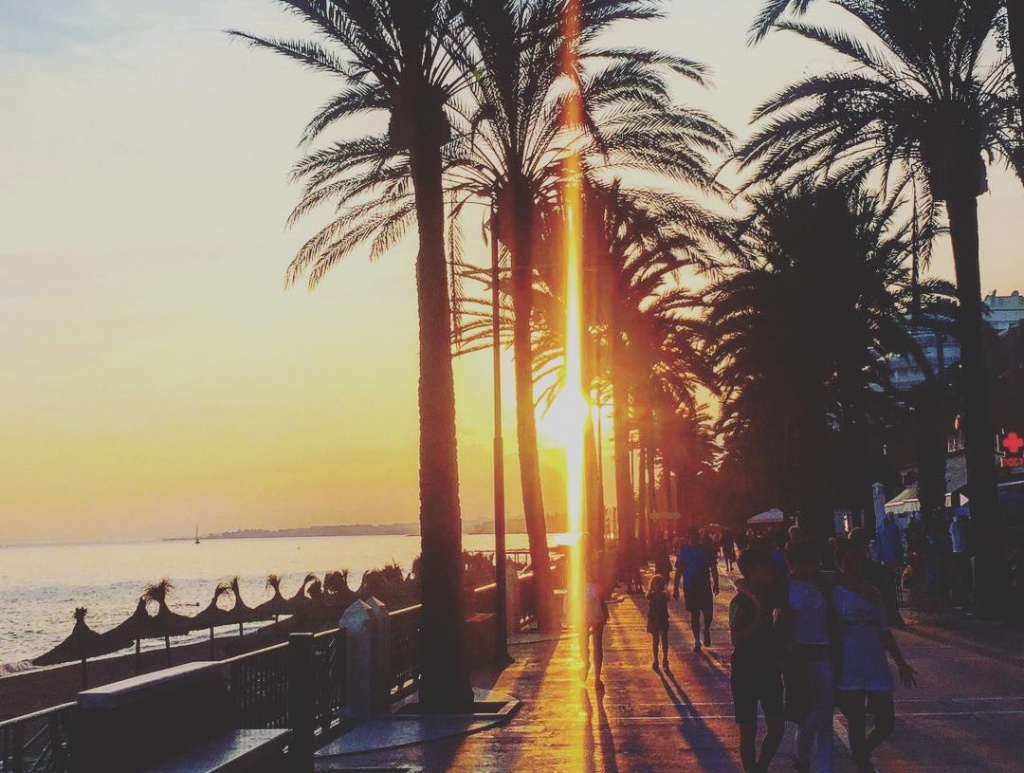
-
CITY OF REUS
Located 100 km from the capital of Catalonia and is the birthplace of the famous General Prima, the master of brush Fortuny and the aforementioned Gaudi. It is famous for its beautiful architecture, rich history, as well as the production of brandy and wine.
Citizens are very welcome and love guests.
You should pay attention to most of the facades of buildings in the historic center, visit the museum archaeologists and hold a fiesta in the town square tourists are waiting for delicious local food, fine wine, live music and a lot of entertainment for every taste.
-
MUSEUM OF ANCIENT ROMAN CULTURE
Monuments of Tarracona or Torraco (ancient names) - this is one of the exhibits of the world historical treasury. They are protected by UNESCO as a world cultural heritage.
The oldest of the museums of the Romanesque culture cherishes the past of this region. It is located in the tower of the provincial forum of the era of Roman rule.
The most precious and large-scale collection of more than 25 thousand exhibits telling about the period of the Roman Empire, the flourishing economy and culture of the municipality has been preserved here.
The uniqueness of the exhibition lies in the fact that you can not only see household items on the shelves, but also descend into arcades excavated by archaeologists: underground burial places of Christians.
We hope we have given enough reasons to make you even more want to see this region with your own eyes.
